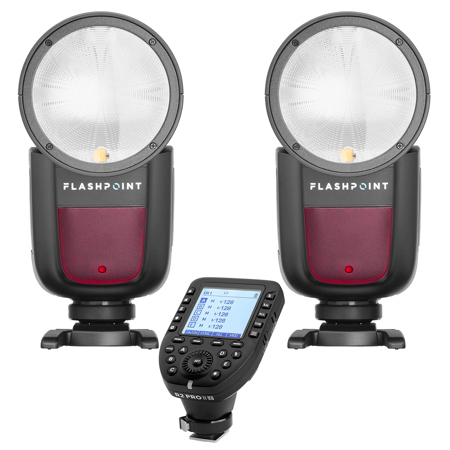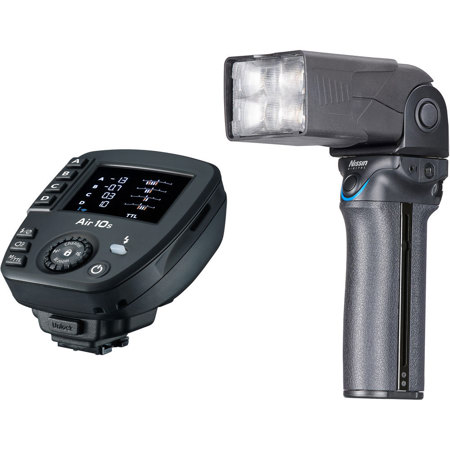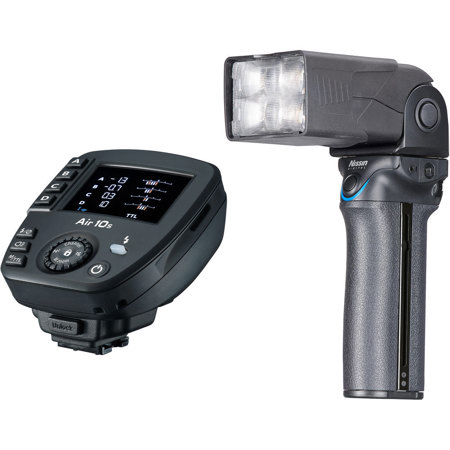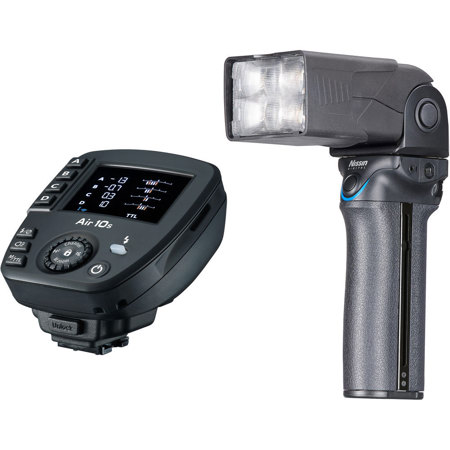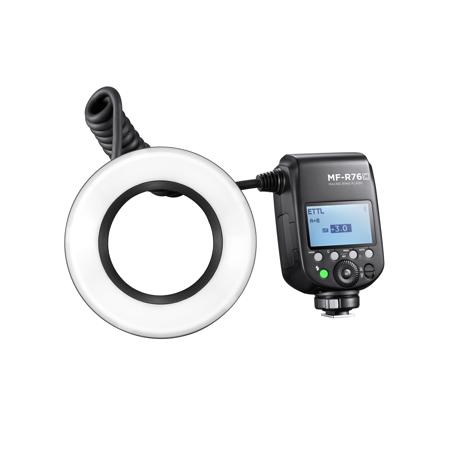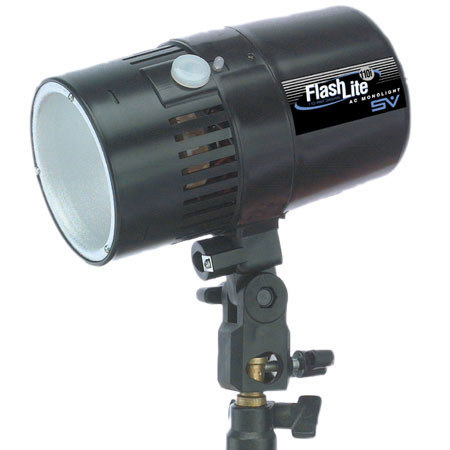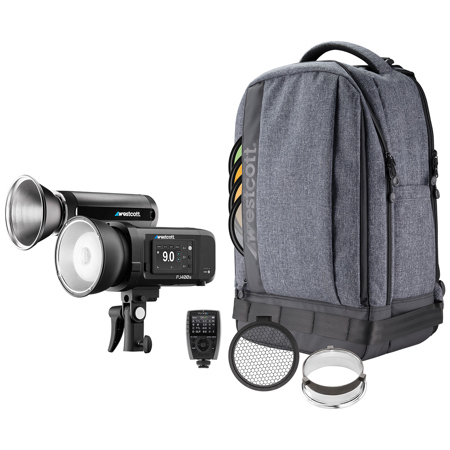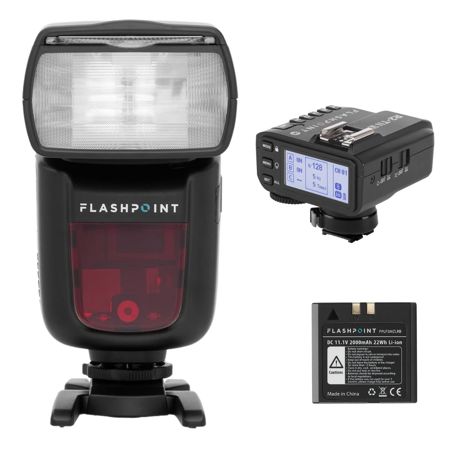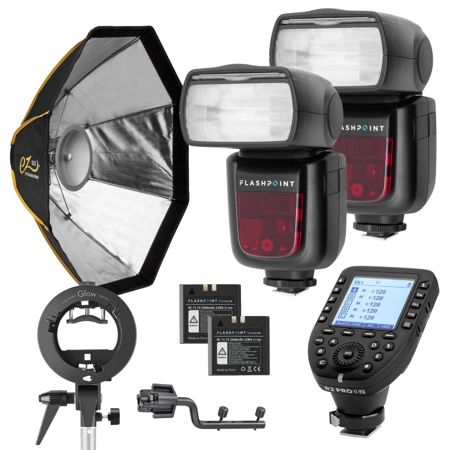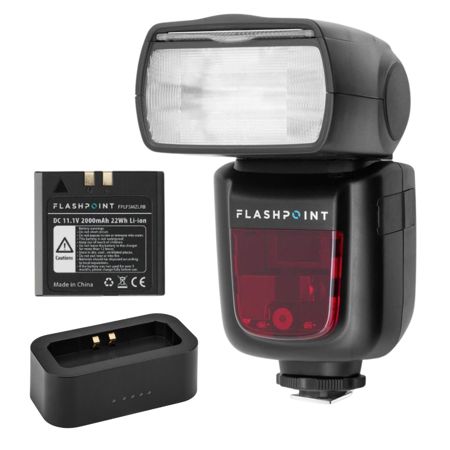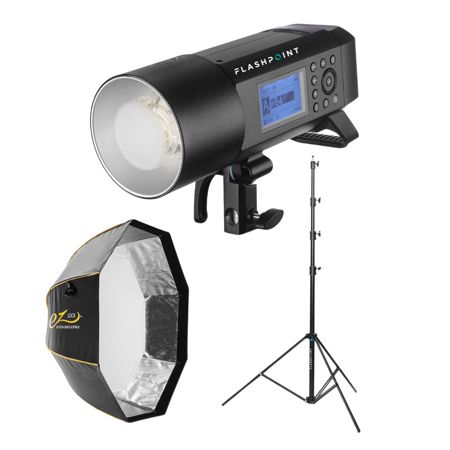Wireless Flashes
Wireless flashes have transformed the creative possibilities for photographers both in the studio and on location, offering freedom from tangled cords and restrictive placement. By utilizing radio or optical triggering systems, these lighting tools allow you to position your flash anywhere in the scene—behind a subject for dramatic separation, high above for natural sunlight simulation, or tucked into tight corners for subtle fill. As autumn arrives and the days grow shorter, the ability to add controlled, reliable light becomes even more valuable, whether you're capturing golden hour portraits in the park or documenting festive indoor gatherings. Many photographers, from seasoned professionals to passionate hobbyists, rely on wireless flashes to achieve consistent, flattering results in challenging lighting conditions. For those invested in mirrorless or DSLR systems, making sure your flash and transmitter are compatible with your camera is crucial; for example, selecting a wireless flash for Sony ensures seamless integration and full access to advanced features like TTL metering, high speed sync, and multi-group control.
When considering a wireless flash system, think about how you like to work and the types of images you want to create. Wireless flashes are especially popular among portrait photographers who need to sculpt light for flattering skin tones, wedding photographers who must adapt quickly to shifting environments, and event shooters who require the flexibility to move freely without tripping over cables. They’re also a thoughtful gift for aspiring photographers looking to elevate their craft, or for content creators who want to add polish to their videos and stills. Modern wireless flashes often feature built-in receivers and intuitive controls, letting you adjust power output, zoom, and group settings right from the camera-mounted transmitter. This remote control is invaluable when your lights are perched high on stands or hidden behind props—no need to disrupt your flow or reposition your setup. Look for systems that support high-speed sync if you plan to shoot wide open in bright sunlight, or multi-group control if you want to experiment with complex lighting setups. And if you’re curious about alternative lighting options, you might also explore LED Flash Units for continuous illumination in both photography and video projects.
As you browse wireless flashes, consider not only technical compatibility but also the practical aspects of your workflow. Do you need a compact unit for travel, or a powerful strobe for large group shots? Will you be working solo, or coordinating with assistants and multiple light sources? Many systems now use robust 2.4GHz radio signals, ensuring reliable performance even in crowded event spaces or outdoor locations with obstacles. If you’re upgrading from older infrared-based triggers, you’ll appreciate the improved range and flexibility, as well as the ability to control several flashes from a single transmitter. Investing in a wireless flash system is about expanding your creative toolkit—giving you the power to shape light, freeze action, and bring your vision to life, no matter the season or setting. Whether you’re capturing the vivid colors of fall foliage, the warmth of family celebrations, or the energy of live performances, a well-chosen wireless flash opens up a world of dynamic, professional-quality lighting possibilities.
When considering a wireless flash system, think about how you like to work and the types of images you want to create. Wireless flashes are especially popular among portrait photographers who need to sculpt light for flattering skin tones, wedding photographers who must adapt quickly to shifting environments, and event shooters who require the flexibility to move freely without tripping over cables. They’re also a thoughtful gift for aspiring photographers looking to elevate their craft, or for content creators who want to add polish to their videos and stills. Modern wireless flashes often feature built-in receivers and intuitive controls, letting you adjust power output, zoom, and group settings right from the camera-mounted transmitter. This remote control is invaluable when your lights are perched high on stands or hidden behind props—no need to disrupt your flow or reposition your setup. Look for systems that support high-speed sync if you plan to shoot wide open in bright sunlight, or multi-group control if you want to experiment with complex lighting setups. And if you’re curious about alternative lighting options, you might also explore LED Flash Units for continuous illumination in both photography and video projects.
As you browse wireless flashes, consider not only technical compatibility but also the practical aspects of your workflow. Do you need a compact unit for travel, or a powerful strobe for large group shots? Will you be working solo, or coordinating with assistants and multiple light sources? Many systems now use robust 2.4GHz radio signals, ensuring reliable performance even in crowded event spaces or outdoor locations with obstacles. If you’re upgrading from older infrared-based triggers, you’ll appreciate the improved range and flexibility, as well as the ability to control several flashes from a single transmitter. Investing in a wireless flash system is about expanding your creative toolkit—giving you the power to shape light, freeze action, and bring your vision to life, no matter the season or setting. Whether you’re capturing the vivid colors of fall foliage, the warmth of family celebrations, or the energy of live performances, a well-chosen wireless flash opens up a world of dynamic, professional-quality lighting possibilities.

